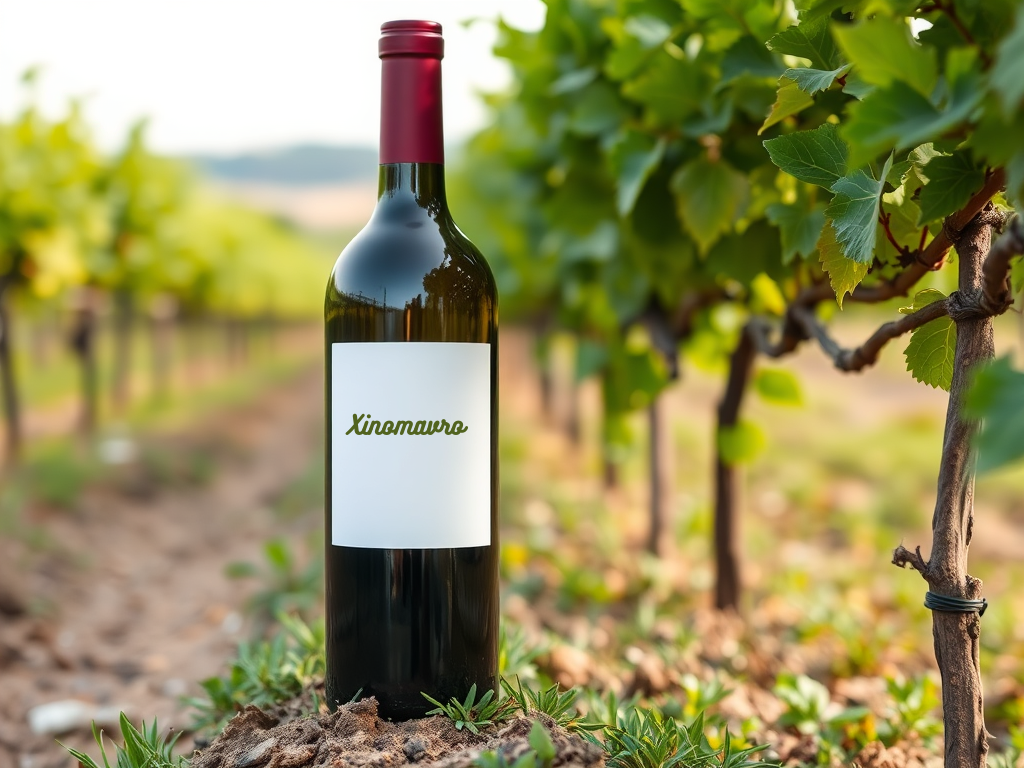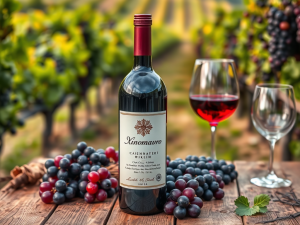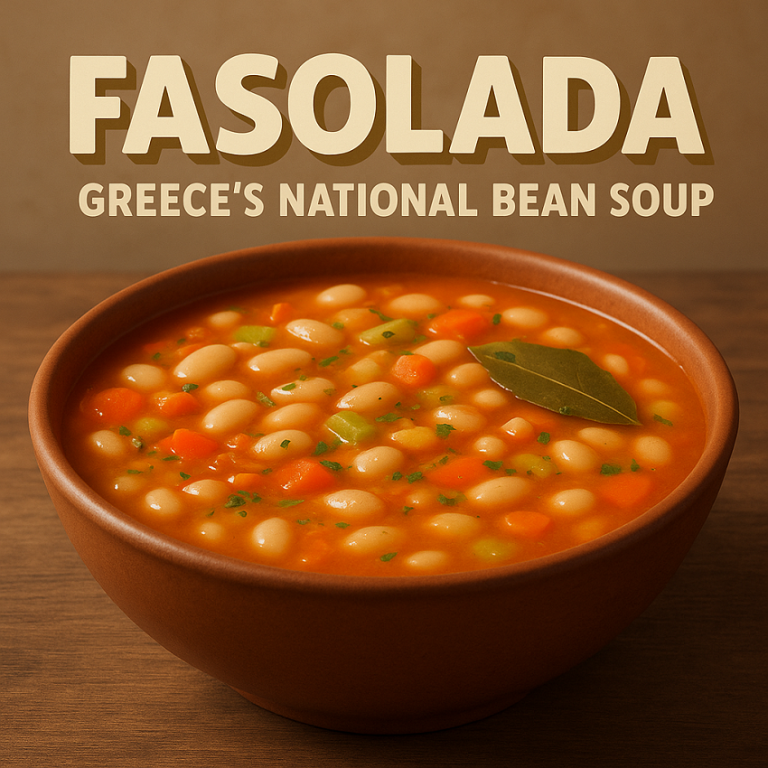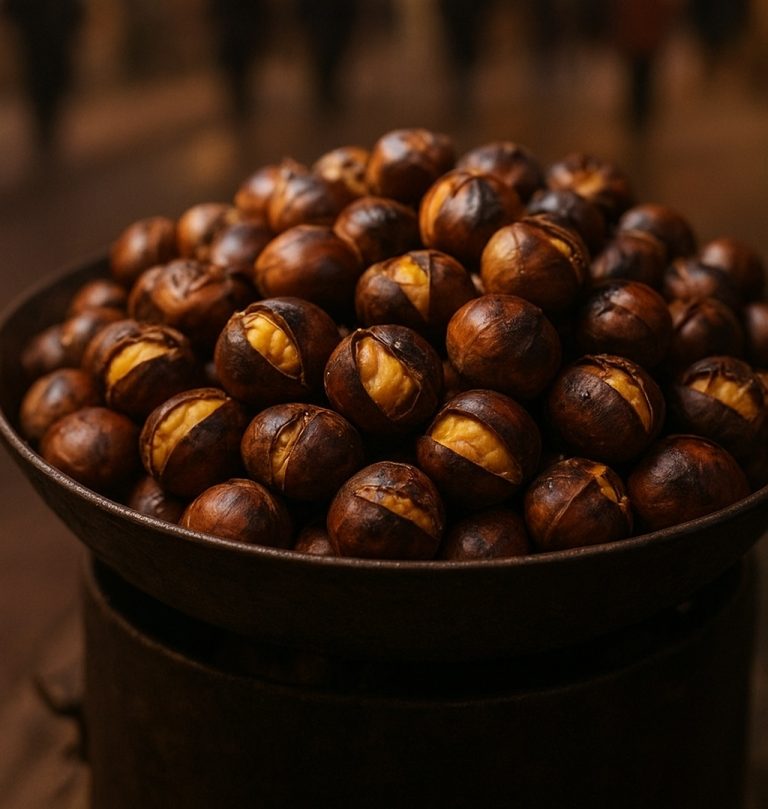
Xinomavro, often hailed as the “noble grape” of Greece, is a red wine variety celebrated for its complexity, depth, and aging potential. Originating from the northern regions of Greece, particularly Naoussa and the surrounding areas, this grape has garnered increasing recognition among wine enthusiasts and connoisseurs for its unique character and ability to express the terroir in which it is cultivated. In this article, we will delve into the history, characteristics, winemaking techniques, food pairings, and notable producers of Xinomavro.
Historical Background
The history of Xinomavro can be traced back to ancient times, with references to its cultivation appearing in classical texts. Although the exact origins of the grape are shrouded in mystery, it is believed to have been grown in Greece for centuries, possibly as far back as the Roman period. The name “Xinomavro” translates to “sour black,” reflecting both the grape’s high acidity and its dark color.
During the 20th century, Xinomavro faced challenges, including phylloxera and changing consumer preferences. However, a resurgence in interest in indigenous grape varieties and traditional winemaking methods has led to a revival of Xinomavro, allowing it to reclaim its place in the global wine market.
Characteristics
Flavor Profile
Xinomavro wines are known for their rich and intricate flavor profile, which can vary depending on the region, winemaker, and vintage. Common tasting notes include:
- Fruits: Dark cherry, plum, and hints of tomato, which contribute to the grape’s distinctive profile.
- Herbal Elements: Dried herbs, olive, and spices, often reminiscent of the Mediterranean landscape.
- Tannins: High levels of tannins provide structure and a firm backbone, making the wines suitable for aging.
- Acidity: Notably high acidity contributes to the wine’s freshness and longevity.
The combination of these elements makes Xinomavro wines versatile, allowing them to pair well with a variety of dishes.
Aging Potential
One of the defining features of Xinomavro is its remarkable aging potential. When properly cellared, these wines can develop complex tertiary flavors over time, including notes of tobacco, leather, and earthiness. Many producers recommend aging Xinomavro for several years or even decades, allowing the wine to evolve and mature fully.
Regions and Terroir
Xinomavro thrives in several regions across Greece, with Naoussa being the most renowned. The region’s unique climate, characterized by cool nights and warm days, combined with diverse soil types, allows for the production of high-quality wines.
Naoussa
Naoussa is often regarded as the spiritual home of Xinomavro. The region’s sloped vineyards benefit from excellent drainage, and the altitude helps preserve acidity in the grapes. The wines from Naoussa are typically full-bodied, with pronounced tannins and a complex flavor profile.
Other Notable Regions
- Amyndeon: Known for producing lighter, fresher styles of Xinomavro, often with a more fruit-forward approach. The cooler climate here results in wines that exhibit floral notes and a bright character.
- Goumenissa: This region often blends Xinomavro with other grape varieties, such as Negoska, to add complexity and balance. The wines from Goumenissa are known for their aromatic profiles and finesse.
Winemaking Techniques
Winemakers utilize various techniques to enhance the expression of Xinomavro, each contributing to the unique character of the wine.
Maceration and Fermentation
Extended skin contact during maceration allows for the extraction of color, tannins, and flavor compounds. Some winemakers opt for traditional methods, such as using open-top fermenters, which promote gentle extraction and can enhance the wine’s aromatic complexity.
Oak Aging
The use of oak barrels is a common practice in Xinomavro winemaking. Depending on the producer’s style, the aging process can range from several months to several years. Oak aging can add layers of complexity, softening tannins while imparting notes of vanilla, toast, and spice.
Blending
While Xinomavro is often showcased as a single varietal, blending with other grape varieties can enhance its overall profile. For instance, blending with local varieties like Negoska can provide additional fruitiness and balance, making the wine more approachable in its youth.
Food Pairing
Xinomavro’s acidity and tannin structure make it an ideal companion for food. The versatility of this grape allows it to pair beautifully with a wide range of dishes, including:
- Red Meats: Grilled lamb, beef stews, and roasted game meats complement the rich flavors and tannins of Xinomavro.
- Mediterranean Cuisine: Dishes featuring tomatoes, olives, and herbs, such as moussaka or ratatouille, harmonize with the wine’s herbal notes.
- Aged Cheeses: Hard cheeses like aged feta or Kasseri enhance the wine’s complexity while providing a delightful contrast.

Notable Producers
Several producers have gained acclaim for their exceptional Xinomavro wines, showcasing the grape’s potential and versatility:
- Domaine Carras: Known for their biodynamic practices, they produce Xinomavro wines that reflect the terroir and exhibit finesse.
- Vaeni Naoussa: A cooperative that emphasizes traditional winemaking techniques, producing a range of Xinomavro styles, from approachable to age-worthy.
- Ktima Biblia Chora: This winery focuses on quality and innovation, crafting Xinomavro wines that are both modern and reflective of their roots.
Conclusion
Xinomavro stands out not only as a symbol of Greek viticulture but also as a testament to the potential of indigenous grape varieties. With its complex flavors, remarkable aging potential, and versatility in food pairing, Xinomavro is a must-try for wine lovers seeking to explore the rich tapestry of Greek wines. Whether enjoyed young or aged, this noble grape continues to captivate palates around the world, making it a worthy addition to any wine enthusiast’s collection. As interest in natural and terroir-driven wines grows, Xinomavro is poised to take its rightful place among the world’s great wine varieties.



